This wonderful 8-frame hive, one of the most convenient bee hives plans, even in dry summer gives 20 kg of honey more than semi-detached 12-frame hive of Dadan. Although it is made very easily. From the figure you can understand and do the same hive and start to keep bees. This beehive has sizes: 8 frames (285 × 230 mm) (11.2*9”) with a width of “streets” of 12 mm (0.47”)in a nested case (2) in the summer, and in winter 7 frames with a width of “streets” 9 mm (0.35”). In-store extensions (1) have semi-frames with dimensions 285 × 110 mm (11.2*4.33”). In winter, there are 8, and 7 of them in the summer.
Bodies, cluster housing and below the technological building (4) have an internal horizontal section of 300 × 300 (11.8*11.8”). Housing height of 250 mm (9.84”), bodies – 120 mm (4.72”). In the buildings there are slotted notches (8). The stores do not have notches.
You insert dividing grille (3) to the nest’s housing grooves on a day of the first aerial. At the time of the control of mites varora (major bee parasite) you replace it with a mesh tray with all the open notches. In the winter grille is removed.
Inside technological building three frames are reinforced to produce pollen (7) and two semiframes-drinkers (5), in one of which the water is salty – 5 grams of sea salt per liter of water. There is also outdoor feeder with glass door (12). Still there heater is placed (6), protected from bees with grid.For this purpose, there are 75 watt power and voltage 36 volts light bulb (sometimes two).
Temperature for at frame is maintained at 30-32 degrees (86-89 F). Measure it with a windowed alcohol thermometer through a hole with a plug (14) in the rear of the hive. Stops with limiters (9) allow reliably and quickly move the body bodies to 100 mm (3.93”)to the side for the replacement of water-drinkers, and to 120 mm (4.72”) in the opposite direction to change the bee bread filled frames.
For passing of bees in the trough at the back of the hive a slit external latch (11) is made. In the ceiling of trough hole (13) is drilled for the inverted bottle neck.
Hooks (15) provide stability design.
What is unusual in this hive?
1. The most important thing – hive bees are at home, that is, as in the wild.
Building of nests comes from the top downin this 8-frameworks hive, the natural way, whereas in all other known designs – from the bottom up.
Bees are more comfortable in winter. So, they have a higher immunity, they are less sick, better thrive. And therefore, produce much more honey.
2. The design allows the hive to get honey and pollen more than to 40 kg for the season – useful product of bee – sort of elixir of life. After all bees feed young larvae in the spring with beebread, and after that “youth” is a strong and sturdy, works well and does not get sick. And in today’s popular bee hives bees do not stock ambrosia – a place for it in the hive is not provided.
3. In winter beekeeper innovator leaves honey and pollen sufficiently (not sugar!) for the hive . He can afford it, just because he got much more honey!
4. In the hive there is a heater, which allows to easily keep temperature 34 degrees Celsius (93 F) in the center of the slot. They do not waste energy on heating uterine brood (larvae), and focus on their core business – collection of nectar and honey production. It turns out that if the temperature is below at least 2-3 degrees, the bees are born with underdeveloped wings (and cannot collect honey!), and at temperatures above 38 degrees (100 F) starts the mass death of the brood.
5. The design allows the bees “do not lie” in the hive and to make the first test flight on an early spring day in temperatures above plus 7 degrees C (44 F).
Unfortunately, in modern hives bees start to fly much later. And many do not live up to this happy moment. By immobility and cold sugar crystallizes in the bee gut, and cruise toilers mass die.
Why are we not birds?
Another know-how – hives are located on site, raised to a height of 6.5-9.0 feet. Just as in nature, where the wild forest bees as birds build their nests in 3-14 feet above the ground. So they are thus not only protect home from enemies but live longer!
An at the approach to the hive, which stands on the ground, the bee spend much effort on “inhibition” (400 strokes per second.) Wings prematurely wear out, and the bee dies, not having lived 30 days …
One thing is certain for sure – at that height no bees disturb neighbors, cottagers, nor the neighbors disturb bees.
Bee doesn’t need a mobile phone.
Do we need bees? Yes! As is known, bees are the main pollinators of all crops (there are different flies cannot handle such tasks). According to the Department of Agriculture of the United States, the benefits (just after pollination) are estimated at $ 14 billion per year (2006)! And honey! Mass death of bees in recent years greatly concerned scientists from many countries. The sharp decrease in the number of hives in all countries could lead to an environmental disaster with devastating consequences.
Why are bees dying? Well, it depends. These are new viral diseases, and weakened immunity, and the use of pesticides, and cultivation of genetically modified crops, and of course imperfect construction of hives. Problem needs to be addressed comprehensively – bees should return to nature!By the way, the electromagnetic radiation of mobile communication devices also undermines their health, breaking the system of orientation. Having departed for nectar, they can not find their way home and die …

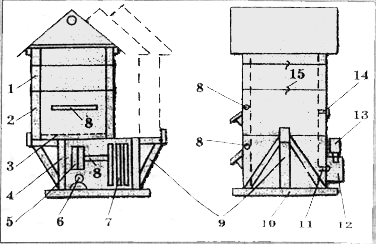
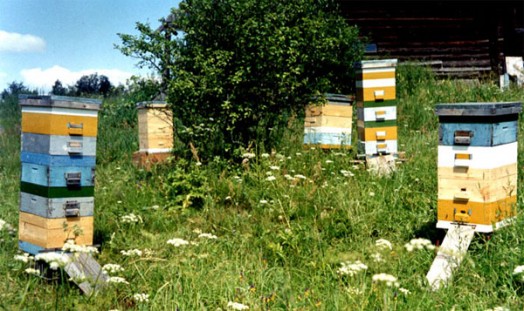
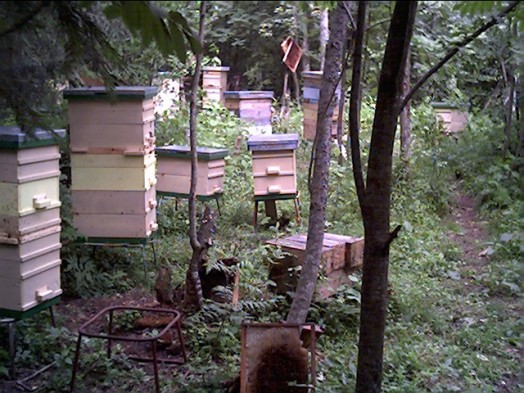

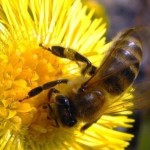

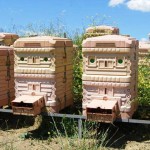
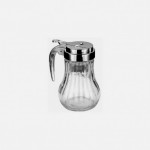
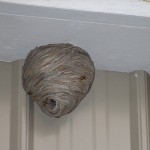
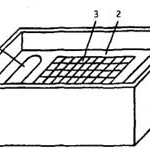
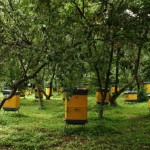



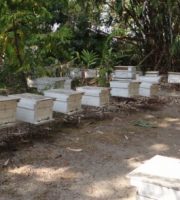
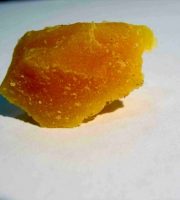
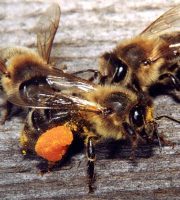
Beehive size